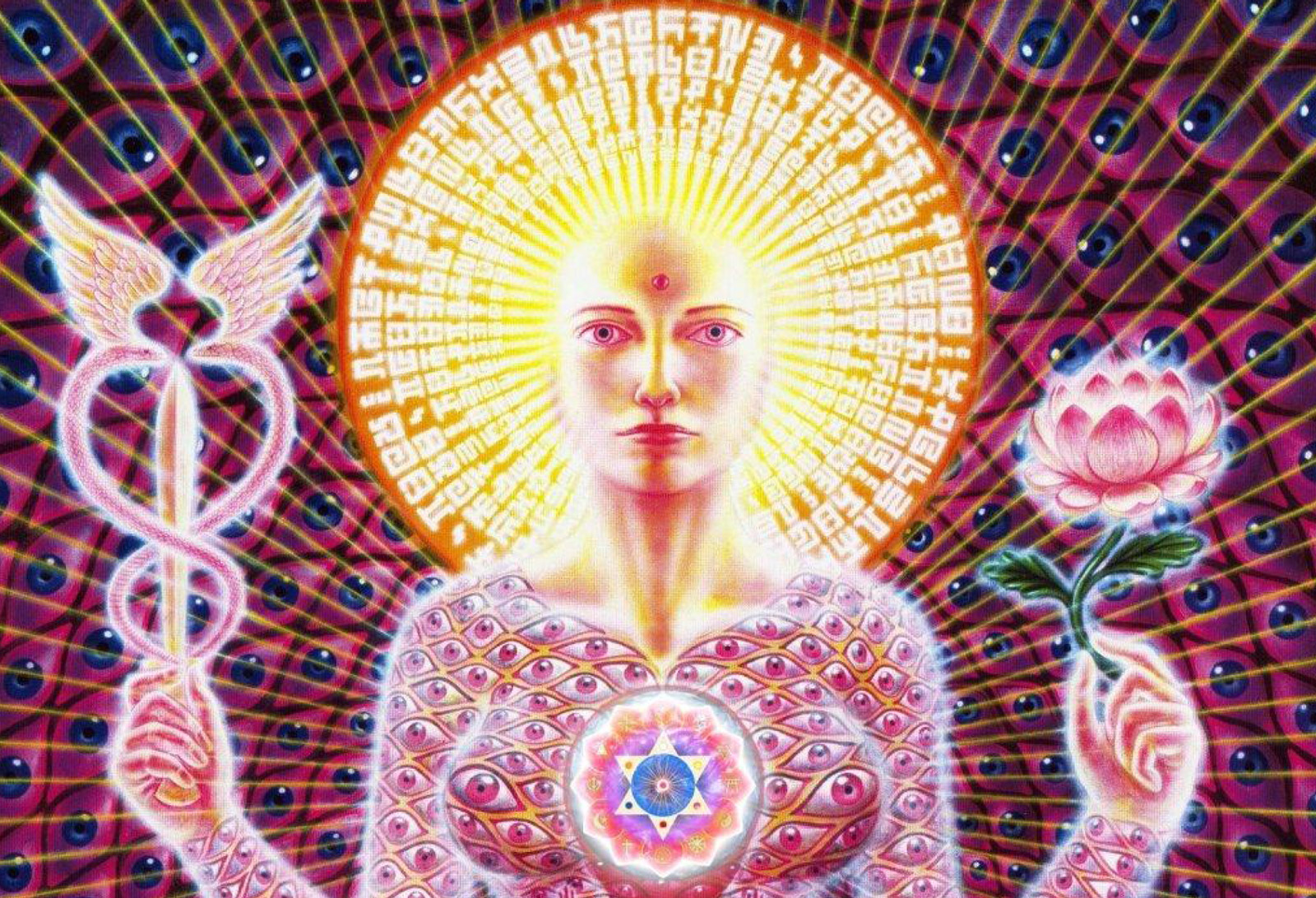Seven Stages Of Alchemy

Calcination
In alchemy this is depicted as the burning of the prima materia into ash.
This stage refers to the breaking of our attachments to the worldly. Along the journey of life, it’s easy to get lured into the rat race – we seek wealth, but also status, fame, prestige, things to feed our ego and our own perceptions of our identity. These things can be beneficial, but the larger of a figure it plays in our lives, the more we chase it, and the more it can consume us. The break with the worldly can come to us in something as sudden as a traumatic event like a loss. Or it can come gradually over time, through the suffering we experience in life, or even when we get all the things that we could ever want, but without feeling a true sense of fulfillment. This stage asks us to humble ourselves – fire sparks the journey into the self.
Disolution
The chemical process of dissolution is to take the ashes from calcination and dissolve it in water.
Here, we are plunged into the waters of the unconscious. When you are primarily driven by ego, as one is prior to undergoing your journey into the spiritual, we may have buried parts of ourselves in order to create an image of what our identity is. It is in this stage that we must unearth those parts of us – the parts of us that we have rejected – whether they are perceived faults, or painful memories, or traumatic upbringings. The water in this stage asks us to let go, and to release the structures and the systems that define our perceptions of ourselves.
Separation
In this stage, the alchemist separates and filters the products of dissolution.
Now that we have unearthed the unconscious materials that we once discarded, we can also now sift through it to really find parts of it that can help us grow. What parts of you have you rejected, that you have hidden from the world, can actually make you stronger? How can these parts of the self, which may be considered by the rational mind worthless or weak, bring joy to others? How can we incorporate this narrative that was once so painful to you, into the greater arc of your story? On the flip side, you also have to be honest about what parts of your shadow legitimately hold you back, and work to discard those habits, emotions, memories or narratives from your identity.
Conjuntion
Here, the alchemist combines the elements deemed worthy in separation into a new substance.
It is at this moment where we re-integrate. Unconscious and conscious come together. At this stage, though we are aware of the social structures that are at play in the world (and that have fed the ego), we are not influenced by them, we are free. Here, the alchemist is at peace with both the perceived “darker” aspects of the self, and the mask that they need to wear when interacting with the world.
Fermentation
Bacteria and other living organisms are introduced to the substance to continue its breakdown.
Fermentation is essentially, all about testing this newly integrated self. We test ourselves through trials and tribulations, through the natural swings that life provides us. All the pain, the hurt is something that pushes the self to becoming more resilient, to be stronger. The idea here is that we must go through the darkest of night in order to see the dawn, and when it arrives, it brings with it something explosively beautiful.
Distillation
In distillation, the solution is then boiled and condensed in order to purify the substance.
To prepare for the final stage, we need to purify the spirit to make sure that it is free from any destructive forms of ego. Here we are planting the seed for the unborn, transpersonal self – one that is free from the distinctions of the collective and the individual. To help it grow, one has to nourish it – which can be done with various forms of contemplation, spiritual ritual or meditation.
Coagulation
The substance is crystalized into a solid state.
Here, there is the meeting between matter and spirit, inner and outer, good and evil, the union of dualities. It is at this stage where the spirit has become self aware – it perceives itself, and it sees and understands that the inner world and the outer world are not different, but reflections of each other.
By:
https://labyrinthos.co/blogs/learn-tarot-with-labyrinthos-academy/the-seven-stages-of-al
chemical-transformation-a-spiritual-metaphor-infographic
